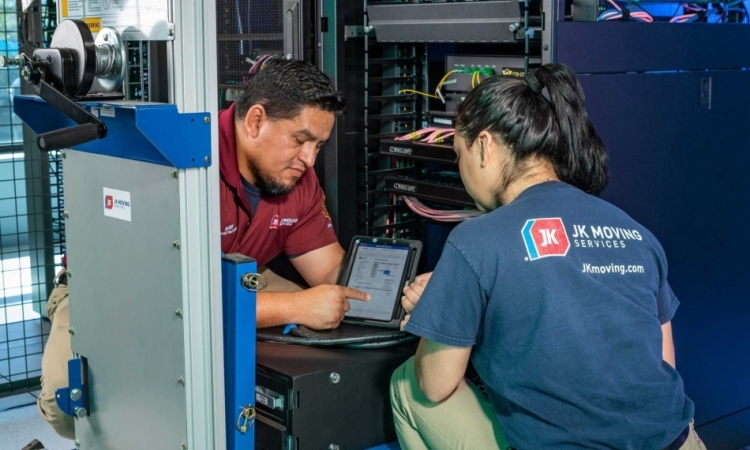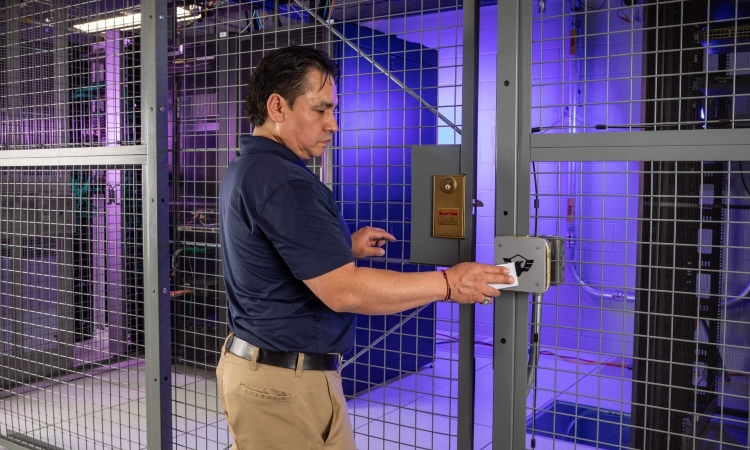
From setup to success: Helping faculty and students adapt to a new lab space
Universities planning campus laboratory upgrades or relocating research spaces often face one big challenge: helping faculty and students adapt. This guide walks through how thoughtful planning, structured onboarding, and a clear lab workflow can support a smooth transition into a new academic research environment.










